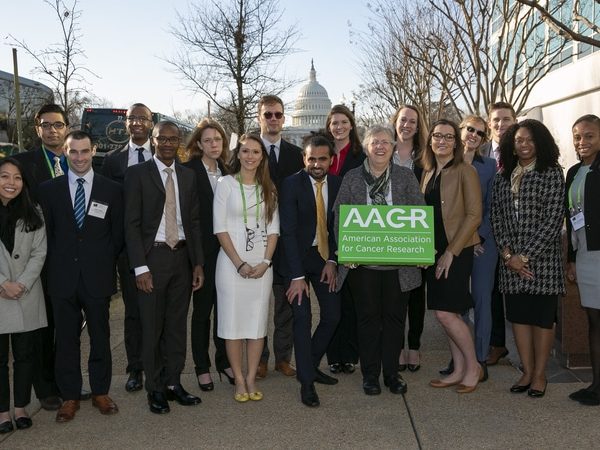Childhood Hodgkin Lymphoma

Childhood Hodgkin lymphoma is a type of cancer that develops in the lymph system, which is part of the body’s immune system. Because lymph tissue is found throughout the body, Hodgkin lymphoma can start in almost any part of the body and spread to almost any tissue or organ in the body.
Lymphomas are divided into two general types: Hodgkin lymphoma and non-Hodgkin lymphoma. There are two types of childhood Hodgkin lymphoma: classical Hodgkin lymphoma and nodular lymphocyte-predominant Hodgkin lymphoma. Hodgkin lymphoma often occurs in teenagers (ages 15-19).
Risk factors for childhood Hodgkin lymphoma include:
- Being infected with the Epstein-Barr virus.
- Being infected with the human immunodeficiency virus (HIV).
- Having certain inherited diseases of the immune system.
- Having a personal history of mononucleosis.
- Having a parent or sibling with a personal history of Hodgkin lymphoma.
Hodgkin lymphoma makes up 6 percent of childhood cancers. In the United States, the incidence of Hodgkin lymphoma is age-related and is highest among adolescents ages 15 to 19. In that age group, about 29 cases per million occur each year. Children ages 10 to 14, 5 to 9, and 0 to 4 have approximately threefold, eightfold, and 30-fold lower rates, respectively.
Childhood Hodgkin Lymphoma Treatment (PDQ®)Source: National Cancer Institute



